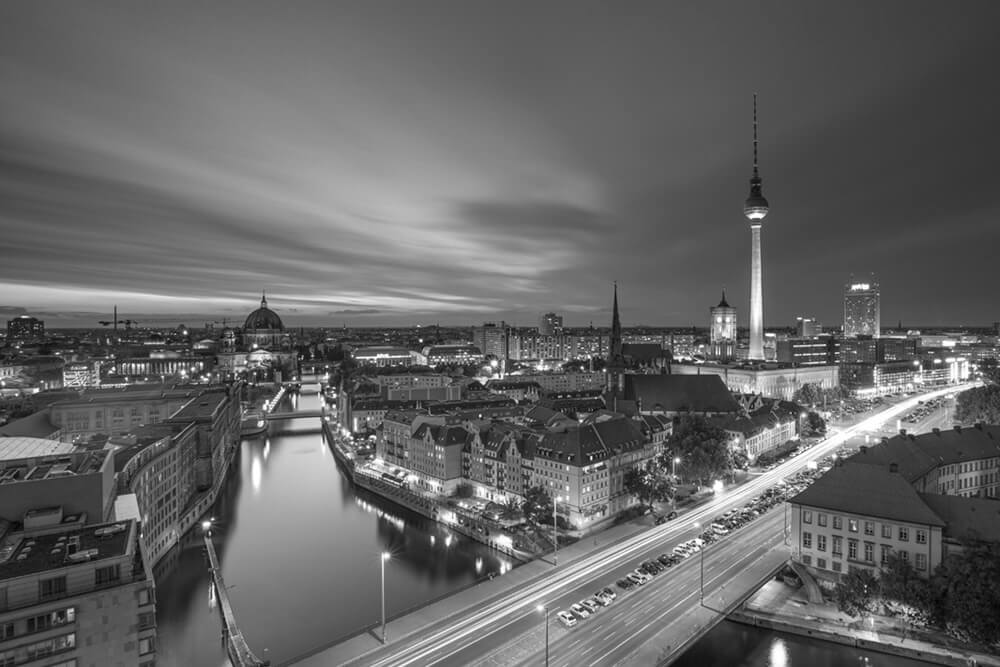Understanding how flow works and using constraints to improve it – simulations as a tool for learning and experimenting
As an RTE, one of your responsibilities is to manage and optimize the flow of value through the ART. Of course, you are not alone in this. Lean-Agile leaders support the continuous optimization of the value flow cross the enterprise, Scrum Masters support their team in measuring and optimizing flow, and Product Management makes sure the right things flow through the system at the right time.
The presentation from the recent meetup:
Understanding Flow
Adopting a Lean-Agile mindset and ways of working means transforming the way we think and act. Introducing the SAFe House of Lean, we state that the goal as a Lean-Agile Enterprise is to achieve Value with the shortest sustainable lead time, high quality, motivated employees and delighted customers. And even though flow seems easy enough to understand in theory, when reality hits, flow is one of the hardest things for an enterprise to achieve.
SAFe principle #6 tells us that having too much work in process (WIP) in the system overloads the people doing the work, reduces focus on any task at hand, reduces productivity and throughput, and increases wait times for new functionality. A lot of organizations that are shifting form a more traditional way of working into Lean and Agile struggle with the legacy of resource optimization and a strive to keep people busy. In fact, focusing on resource optimization will lead us to have too much WIP and inhibit the learning and collaboration needed for flow to happen. Instead, for flow to happen, we need to keep the work (the value) busy.
To start shifting into flow efficiency, which will eventually also enable us to have a high resource efficiency, the first thing we need to do is move away from focusing on resource efficiency as a constraint on our system and start limiting WIP, which is hard when we have previously been encouraged to start new things, rewarded for things being underway, and for being busy.
Learning and continuous improvements
In order for us to transform the way we think and act, we need to re-learn. And as I wrote in my previous blog post on learning, changing the way we think and act requires un-learning and creating new or updated mental models. The way we seem to do this the best is by actively testing out new theoretical concepts in the real world, experiencing and reflecting on new theoretical concepts, having moments of “Oh, I see” to develop our intuition and new adaptable skills. We can understand how to ride a bike by reading a book or watching others do it, but that does not mean we will be able to jump on a bike and flawlessly ride down the street. Practice makes perfect. And luckily for us, the system of cadence and events that is put into place in the ART and team setting introduces us to a set of PDCA cycles, or feedback/learning loops that support the way we learn – active experimentation to create a concrete experience which through reflective observation of what happened helps create abstract concepts, which we then can apply flexibly in a range of situations.
That means that we can use the team or ART setting to start identifying what could improve flow and use simple policies like limiting WIP, start finishing and start helping, to address the things we see inhibit flow, and then reflect, learn and introduce new changes to achieve flow as we go along, thus continuously improving and optimizing flow. And, in addition to this, we can use what we know about learning and how other industries use that to train critical skills – simulations.
Simulations as a tool for understanding and improving learning, collaboration and flow
A few years ago, I had the opportunity to join a simulation with Patrick Stayert and Arlette Vercammen from Okaloa Flowlab and I was introduced to simulations as a tool for learning and experimenting, but also to what Patrick calls System of Work and the Agile Capabilities Flow, Collaboration and Learning and how they interact and enable each other. Since then, I have been learning with Patrick at several occasions and I have been using his theories and the simulations as a tool to learn about flow and to help reflection and learning when training RTEs, Scrum Masters and teams as well as Product Managers and Product Owners, and leaders as the enterprise is shifting into a Lean-Agile mindset and ways of working.
Rather than experimenting in the real world, we can make learning and understanding happen faster and in a safe-to-fail way, like a dojo – short name for place of practice. This dojo can be used for exploring the dynamics of current way of working and experimenting with improvements, shortening the time from having a concrete experience to learning from that experience. and bringing that learning into the next step of active experimentation, developing skills and capabilities that can be applied flexibly in different environments.
Using simulations, we can start by understand how work works, and how we can use constraints like limiting WIP to help increase collaboration, and time boxing to enforce faster feedback loops and learning, and thus improve flow.
The specific simulations I use are available in physical and digital form, and include experiencing flow, collaboration and learning, understanding key man dependencies, bottlenecks and flow across inter-dependent teams, and more advanced topics like loopbacks and oscillation in a workflow as well as delays as a source of fluctuation and matching demand with supply.
The simulations and the theory behind them are compatible with any Lean-Agile method, and can be used as part of trainings or as a place of practice.
Don’t hesitate to reach out to me if you are interested to know more!


